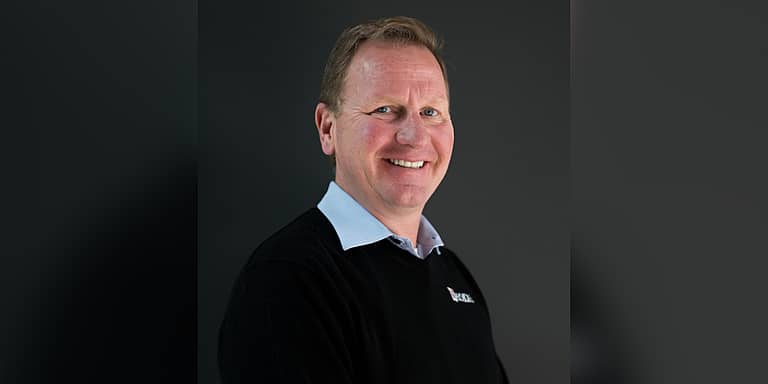I hope by now that everyone who attended AWCI’s Convention & INTEX Expo has returned to work excited and invigorated.
In 2007/2008 it seems like our industry ran into a mountain with a large hole in it. That hole looked like a tunnel entrance with no turnaround, so we went forward, hoping for the light at the end. Four to five years later we see a light, but don’t know if it is just an illusion. We can rest reasonably assured, though, that there is light, and we are approaching it.
I would like to congratulate everyone for surviving the worst economic cycle for construction in our lifetime. It has been quite a journey.
Just recently I read that there have been more changes in the construction industry in the last 20 years than in the previous 100; and more changes in the last 50 years, than in the previous 1,000.
As a college junior in 1981, I spent considerable time trying to get a stack of 1,500 IBM punch cards in the correct order while attempting to learn COBOL and FORTRAN. Thirty-one years later, I, like most of us in the industry, can’t live without computers.
In 1997 our company purchased Nextel direct connect radios—big, chunky Motorola two-way radios. Our superintendents, estimators and project managers were “connected” with cutting edge equipment. Fifteen years later our tiny and inexpensive cell phones work almost anywhere, take pictures, play music/videos and have more power and capabilities than the huge Unisys mainframe I came to know in 1981.
Technological advancements in the world of building tools, equipment and methods of construction over my career have been significant as well. When my father and uncle bought their first laser in the early 1970s, it had to be positioned with a bubble level. It did not spin, and it had a 300-hour life span. And it was $7,000. Primitive by today’s standards it was, but boy did it change the way interior systems contractors performed layouts. Today it seems every two-man crew needs their own laser.
What is new today may well be commonplace soon. Think about Total Station robotic layout devices that are increasingly necessary for complex layouts. Has anyone seen a plumb bob or water level lately? Who remembers stocking materials with cranes, flying jibs and cantilevered platforms?
Think about other changes in our industry over the past 10 to 15 years: scissors and boom lifts versus scaffolds, powerful cordless screw guns, metal trusses, mold-resistant drywall, glass mat exterior sheathing, lightweight taping compound and gypsum panels, EQ studs and track, mudless cornerbeads.
What does the future hold? Along with Total Station Robotic layout systems, virtual building with Building Information Modeling (BIM) is starting to make inroads in our sector. Panelization, prefabrication and modularization of building components are in varying stages of development as well. Exterior panelization is not new to our members, but prefabrication of building modules such as complete bathrooms or pods is starting to gain momentum.
What does all of this mean? I know one thing about our industry: Change is constant, and the speed of change is increasing exponentially. Don’t keep up and you will fall behind. But change is difficult. As my good friend Terry Nelson often says, “The only person who enjoys change is a baby with a dirty diaper.” But change and adaptation are why we attend trade shows, why we attend the committee meetings and why we are involved in AWCI.
Is the industry ready for the future? We have invested in ourselves and our companies by being here and being actively involved, but have we invested in the future of our companies by investing in our young people? Are we preparing them to lead our companies, lead our industry and lead AWCI? Questions we all have to ask ourselves.
Thanks for reading, work hard, work safely, play hard and have fun.
In addition to being the 2011–2012 president of the Association of the Wall and Ceiling Industry, Wies is president of T.J. Wies Contracting, Inc. in Lake St. Louis, Mo.
- Events
-
-
-
March 31-April 3, 2025
Charlotte Convention Center
Charlotte, North CarolinaMore Events
-
-
-
- Education
-
-
- EIFS National CertificationDoing It Right ProgramsAdditional CoursesMore Learning Opportunities
-
-
-
- Media
-
- Resources
-
-
- Technical Resource LibraryHealth & SafetyFocuses & InitiativesMediaDirectories
-
-
-
- About
-



